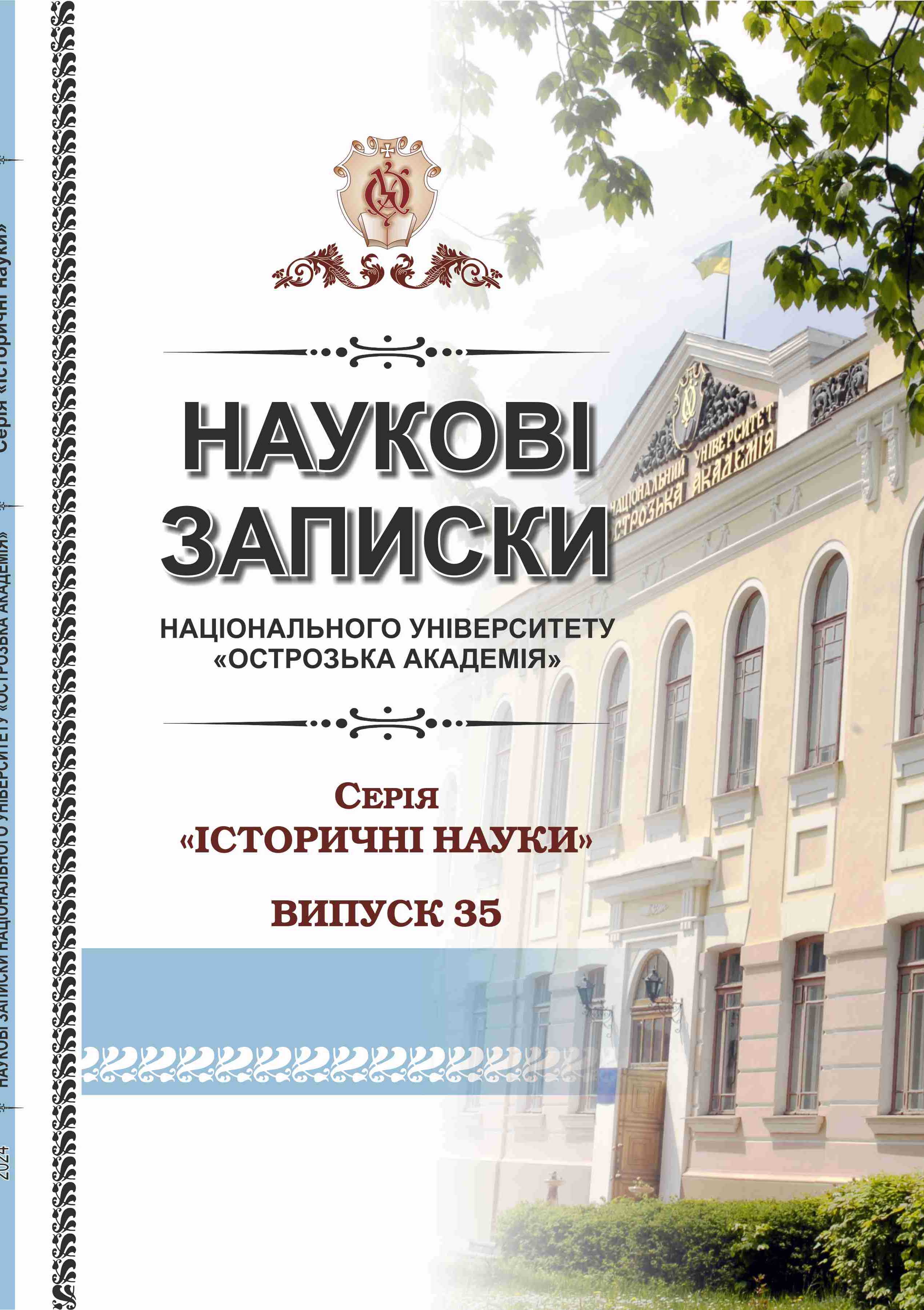DEMOGRAPHIC STRUCTURE OF RURAL SETTLEMENTS OF THE BORDER AREA OF WESTERN VOLYN IN THE EARLY 1920S
Keywords:
rural settlements, demography, Western Volyn, interwar period, border regionAbstract
The border counties of Western Volyn at the time of incorporation into the revived Polish state had a low level of urbanization, as a result of which the majority of the population lived in rural areas. The predominant forms of settlements in the studied region were villages, hamlets, colonies, settlements, etc. At the same time, each of the counties had its own special settlement structure. Thus, the largest number of rural settlements was recorded in the Rivne district, which was the most ethnically diverse. Czechs and Germans lived here, along with Ukrainians, Poles and Jews. Most of the territory of the Sarny district was swampy forests and lowlands, so small villages and hamlets with a fairly homogeneous population prevailed here. Ostrog district, the smallest of the border counties, was the most urbanized, every fourth resident of the county lived in a city or town. The rural settlements of Kremenets district were the most mono-ethnic, the non-Ukrainian population here made up a little more than 13%. The border character of these counties led to the special attention of the Polish authorities to this region, which, on the one hand, tried to weaken the influences coming from the Soviet side of the border, and on the other hand, to attract the support of the local population. On the other hand, traditionalism, regionalism, local isolation, attachment to local customs contributed to the preservation of the local population's identity. Insufficient state funding of the border counties caused them to remain agrarian and economically backward throughout the interwar period.

